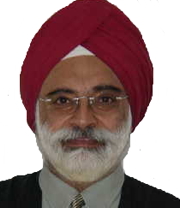Tag: FAO

Strategies to Transform the Livestock Sector
Global: Professor Makkar of FAO blogs about the innovative feeding methods that can reduce the environmental "hoofprint" of livestock.
Read MoreFAO calls for farmer-centred approach to investment in agriculture
: Investment in agriculture has decreased despite it being one of the most effective ways of alleviating poverty. This was the key message in the FAO’s flagship annual report, The State of Food and Agriculture 2012, unveiled in Rome last Thursday. The world´s one billion farmers must be central to any agricultural investment strategy, as they […]
Read More

